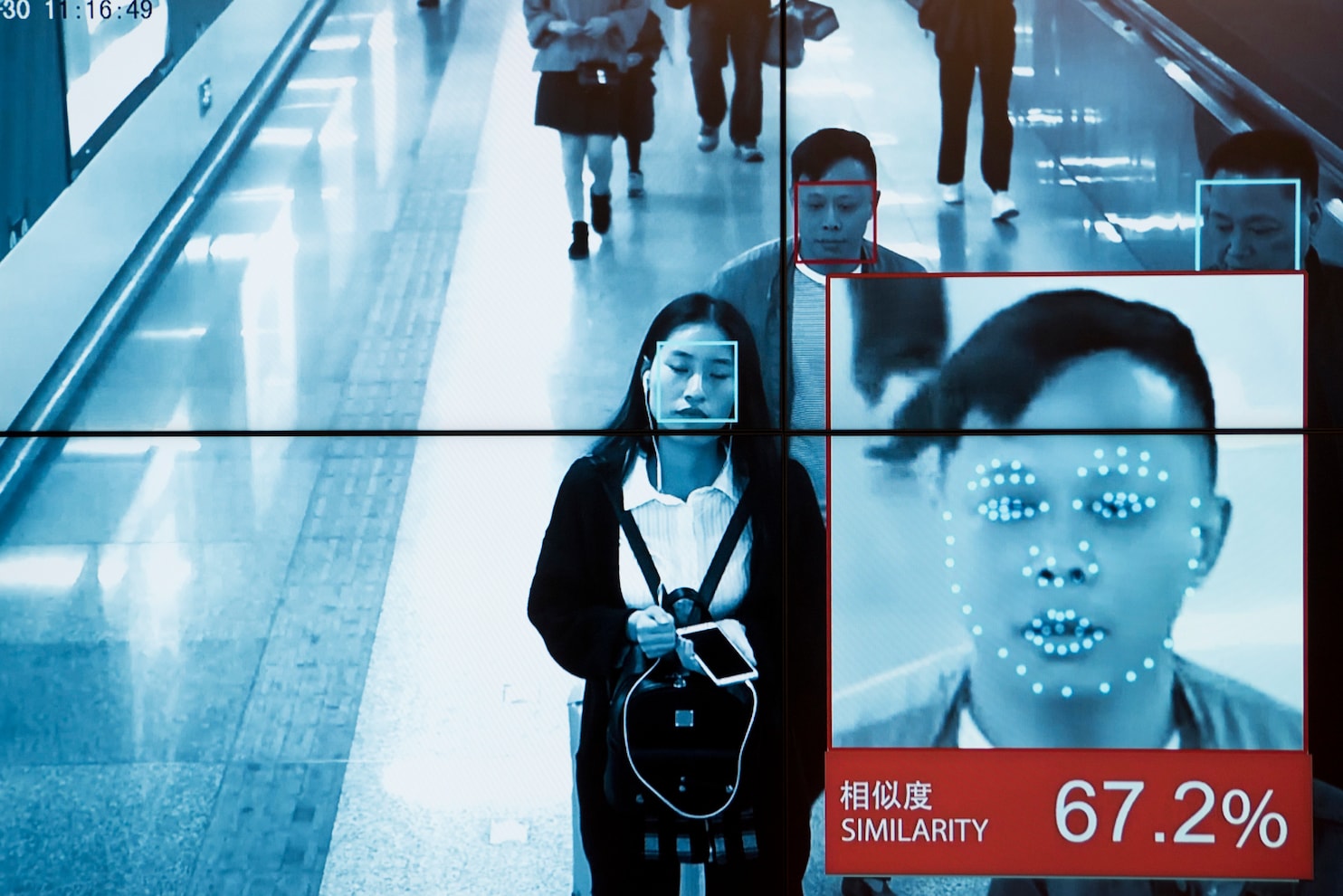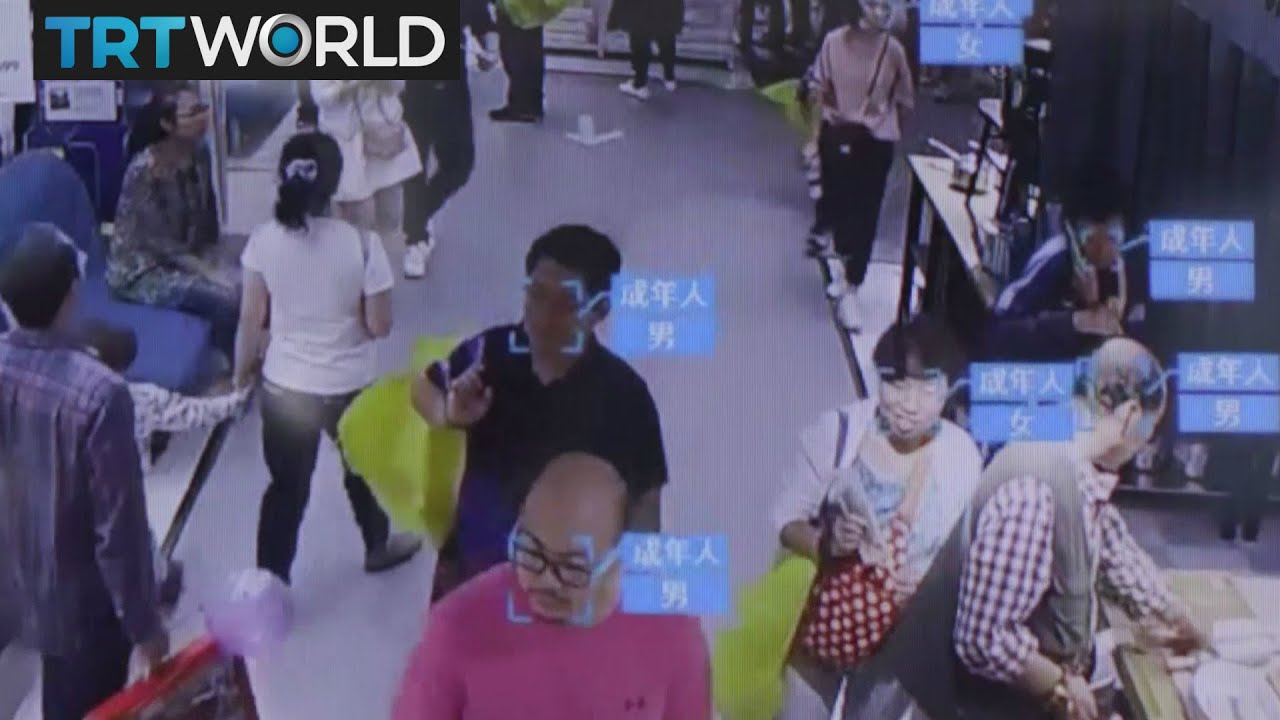RESEARCH
1
Hanging one’s clothes to dry is a shared experience, very intimate but necessary. It is one of the aspects of daily life, yet rarely garners aesthetic attention. However, this chore turns out to contain various aesthetic considerations beyond hygiene and cleanliness.
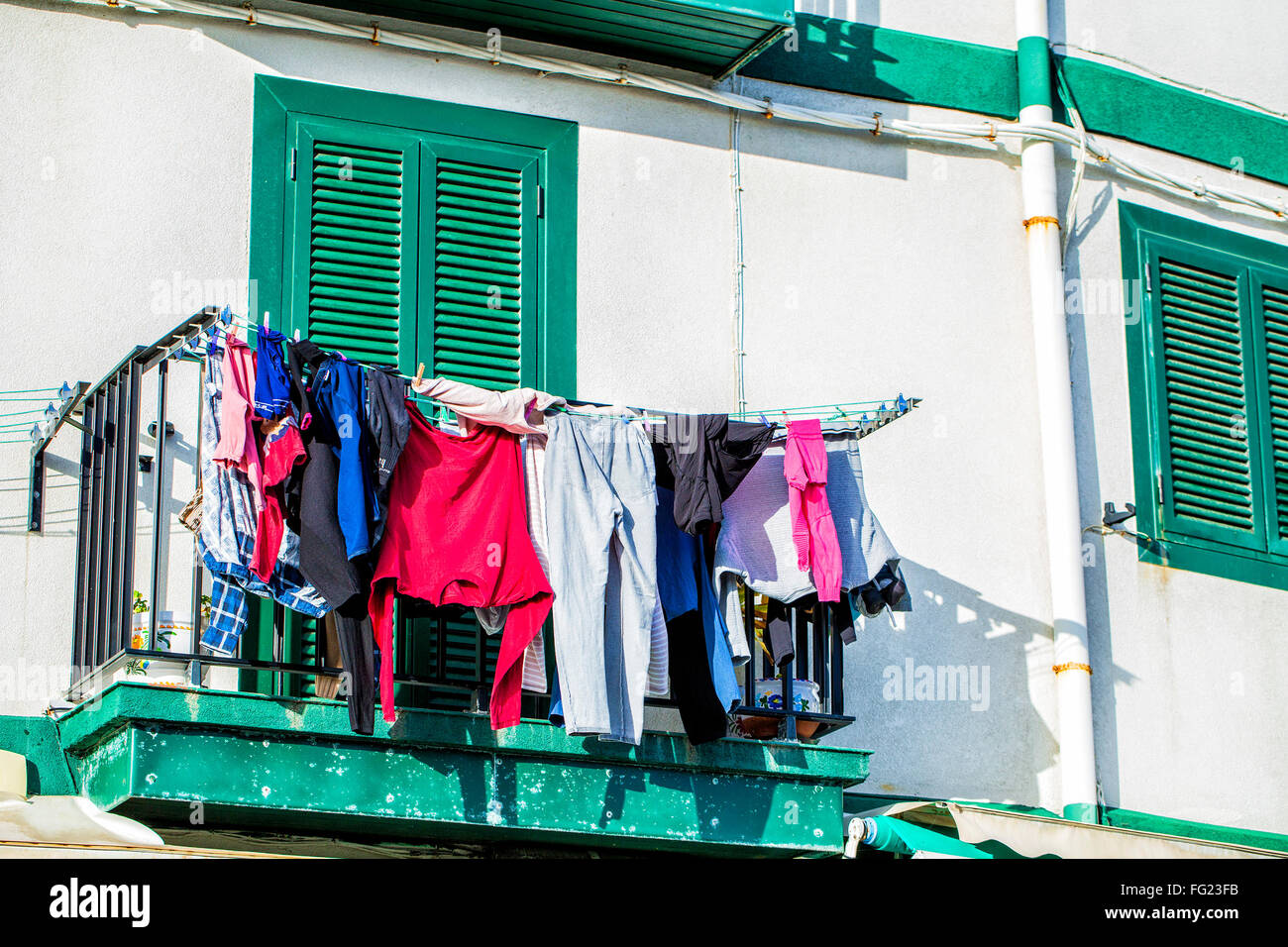


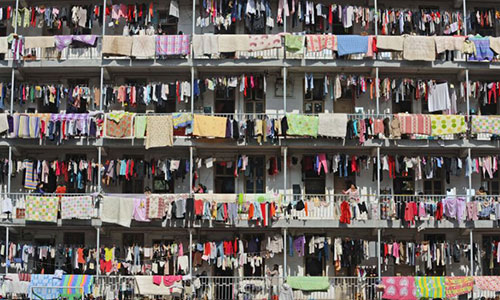
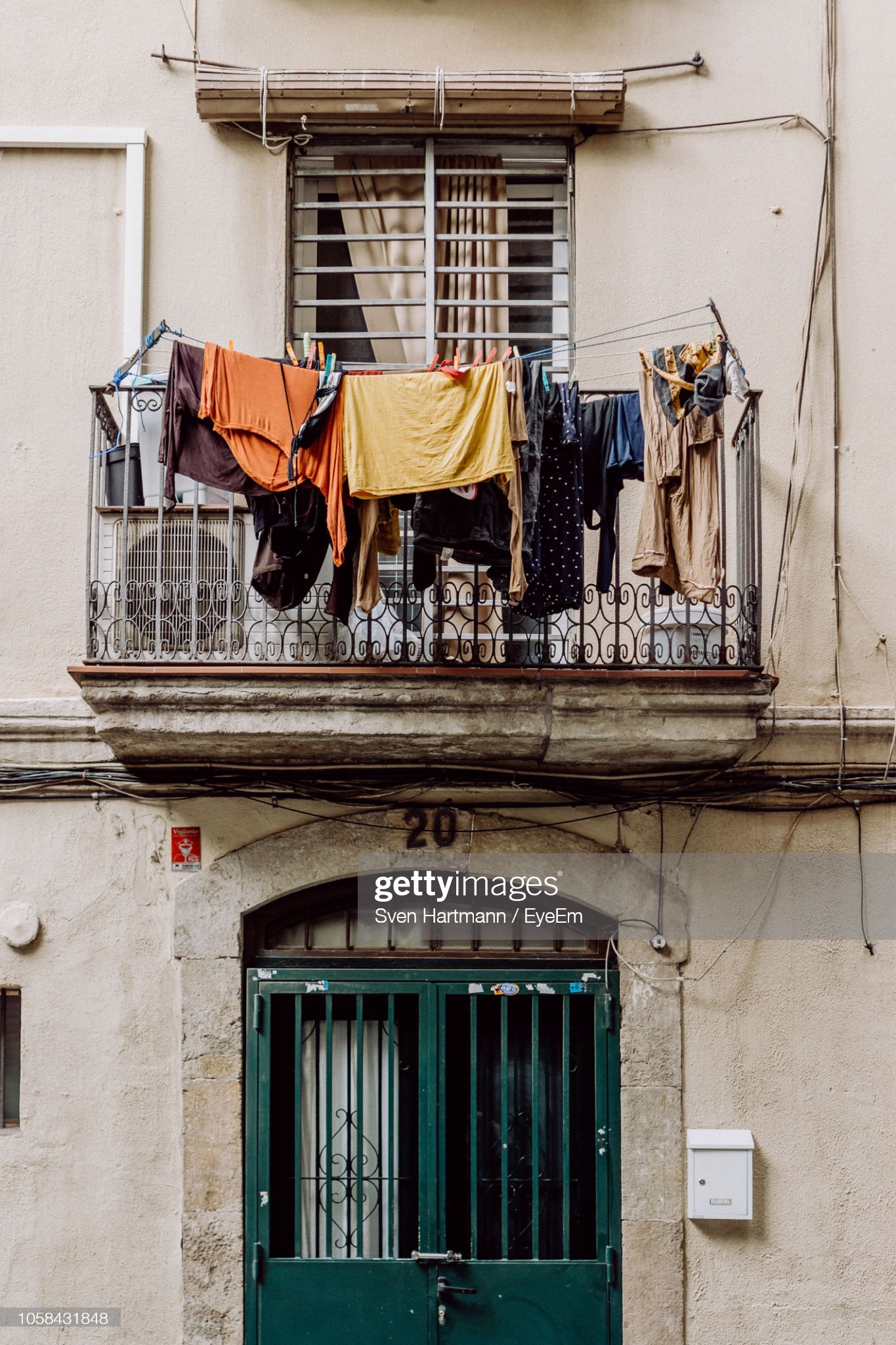

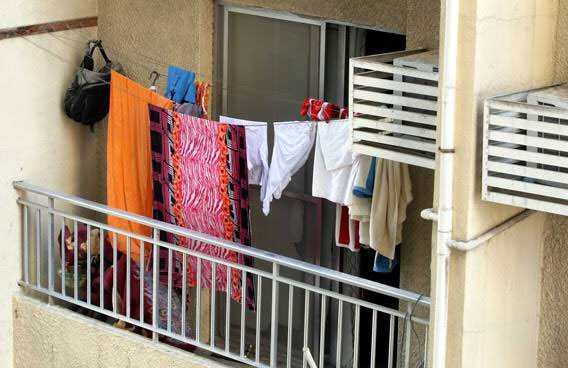

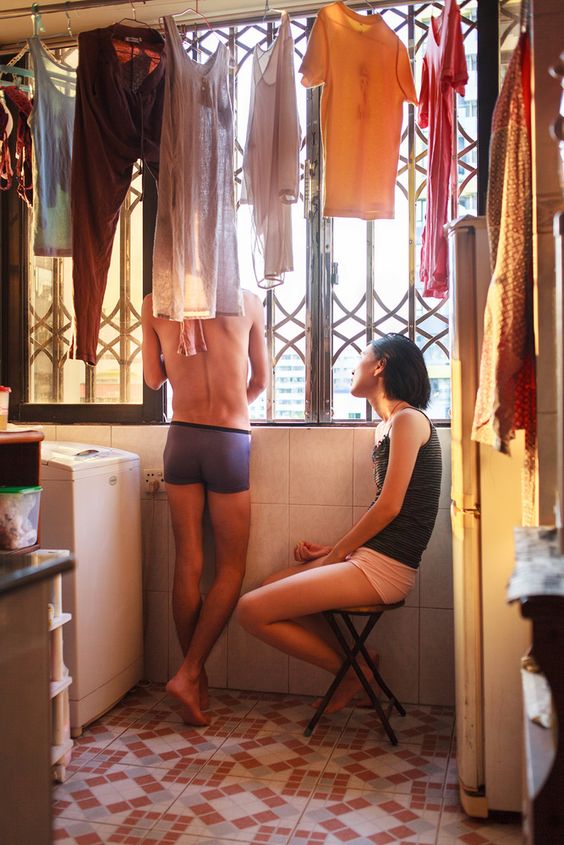

2
Club culture has shifted considerably since the dawn of the smartphone. Moments were catched raw, immediate and unadorned. Now, immediacy got swapped out for vanity.
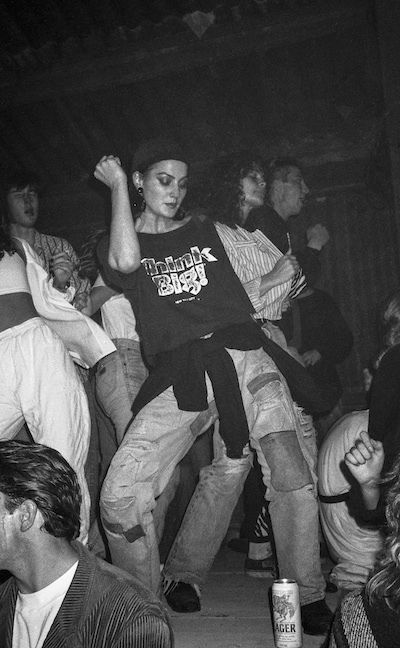

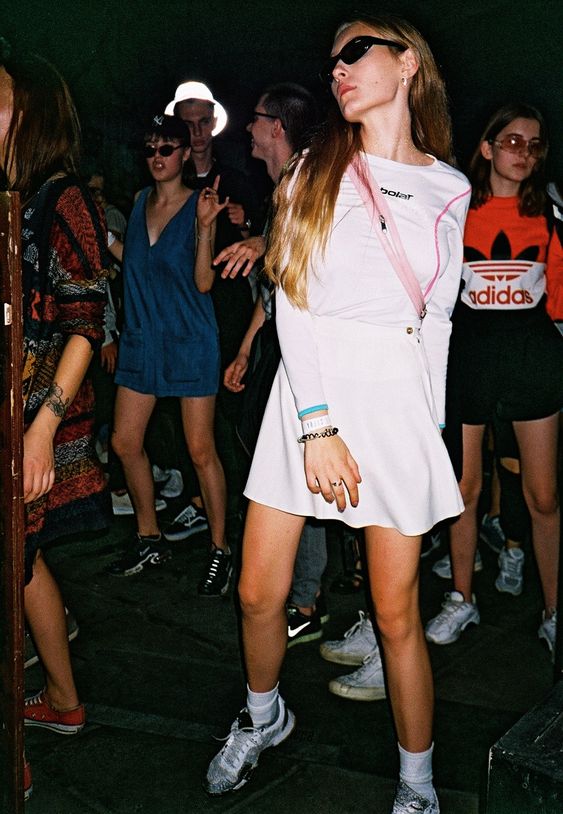
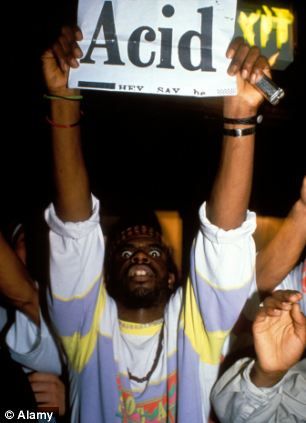
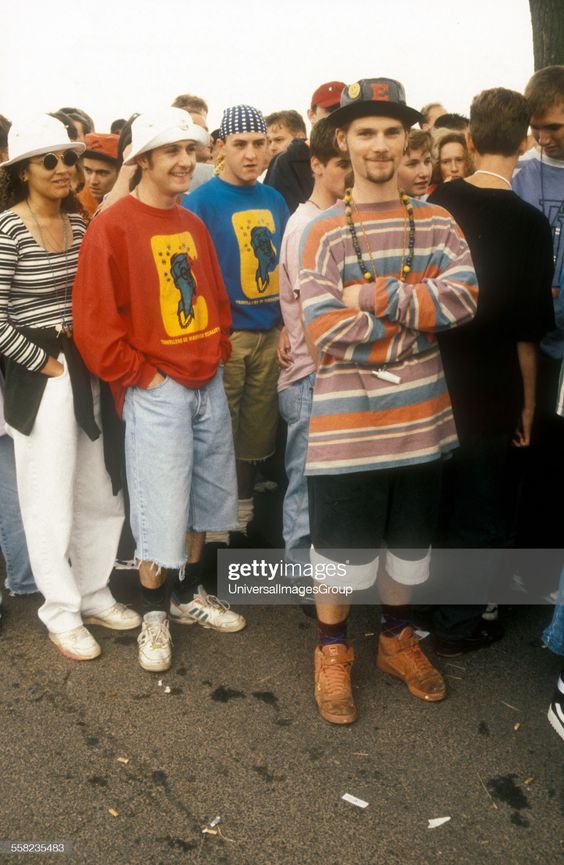
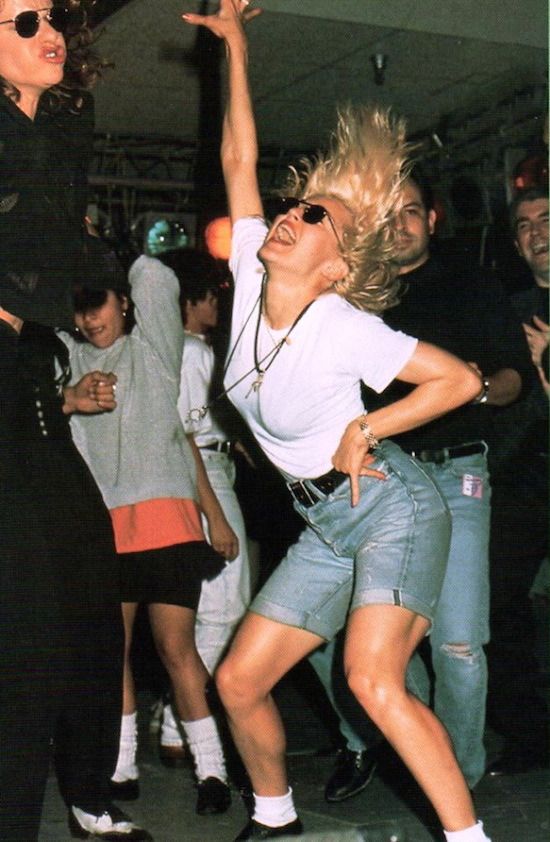



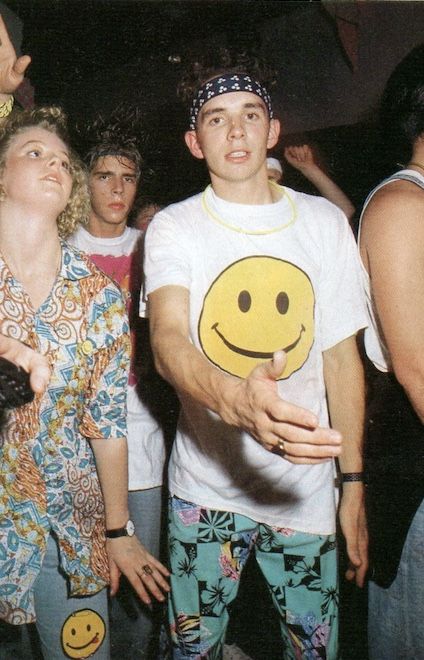


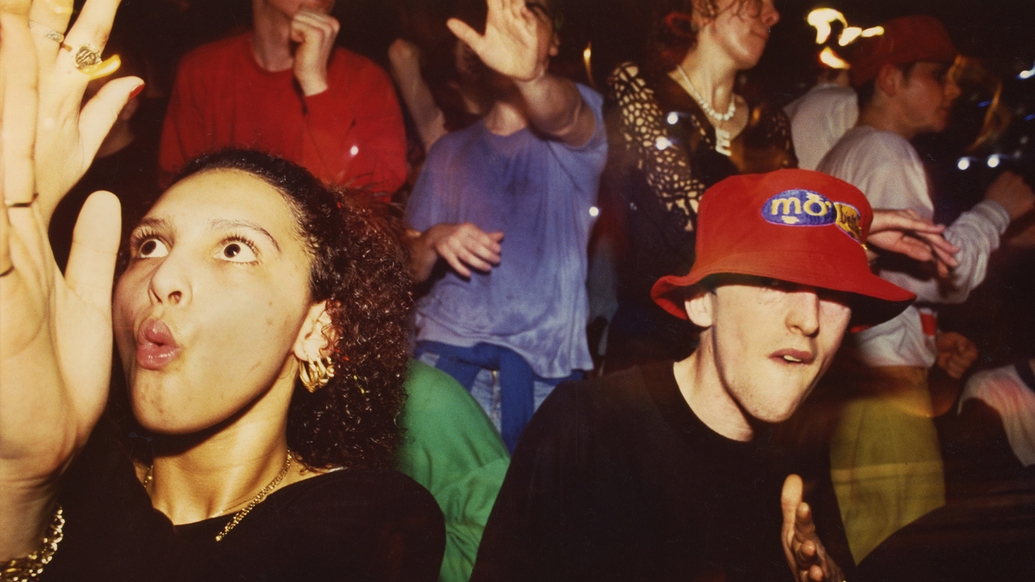



3
Fanculture has very clear codes – uniformity, power in numbers, solidarity, unity, loyalty – that have endured all the substantial shifts of recent years. At the same time, ultras culture is contradictory, violent, exclusive, and wary.

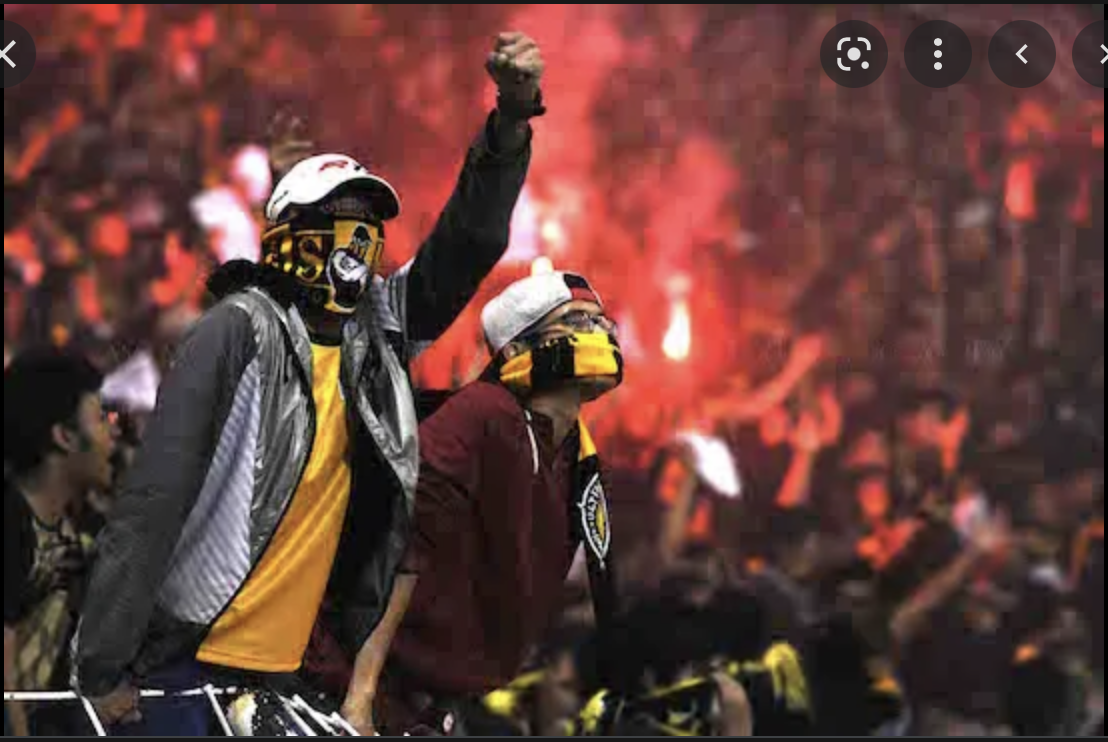


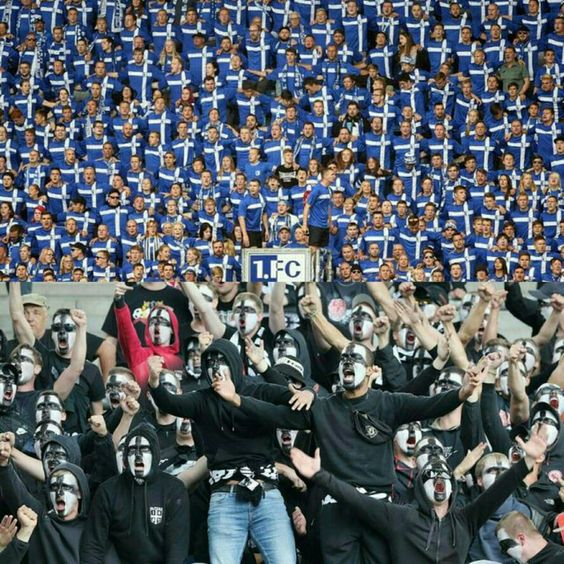

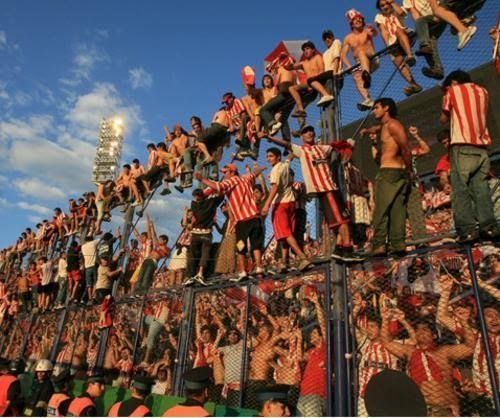

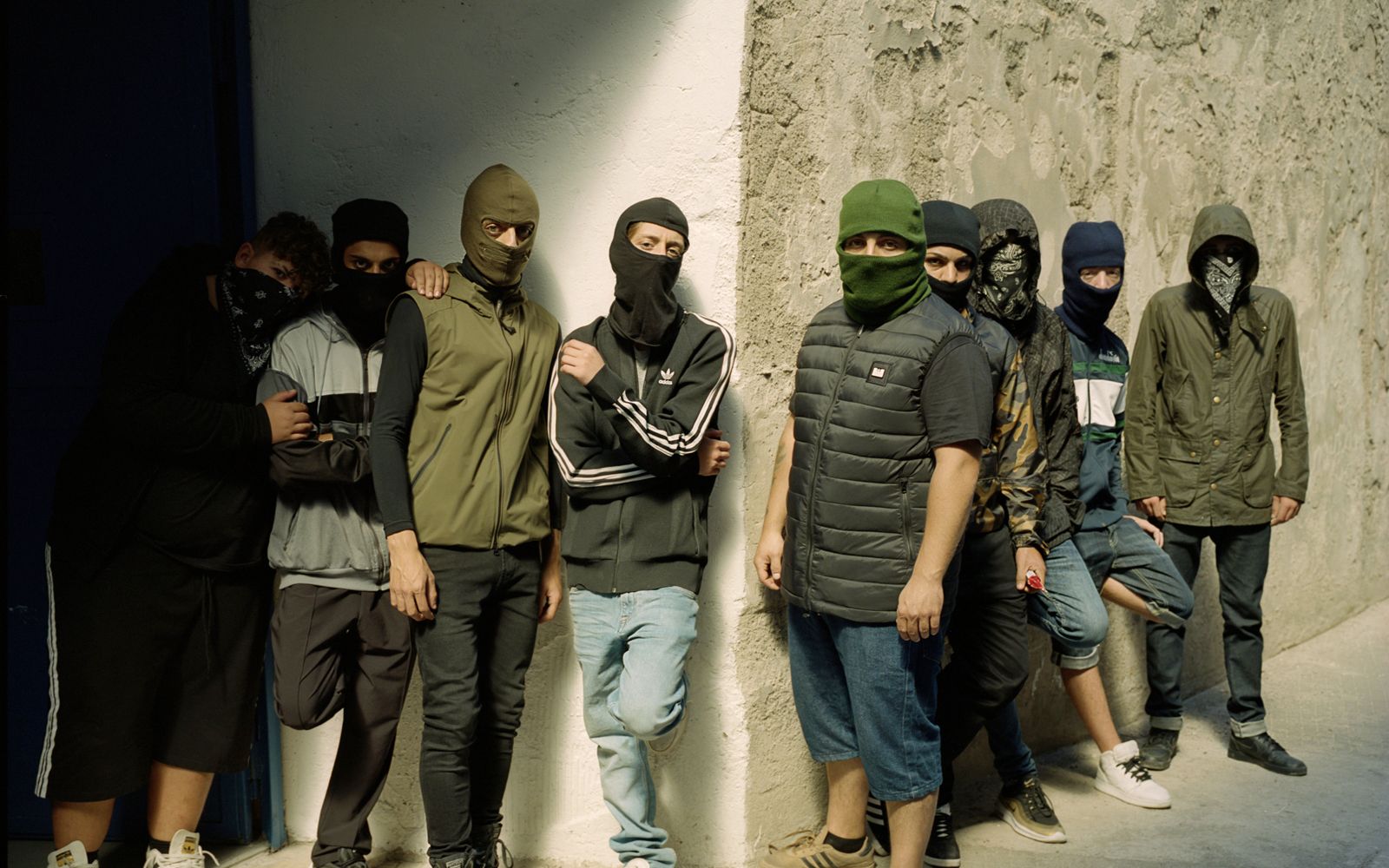
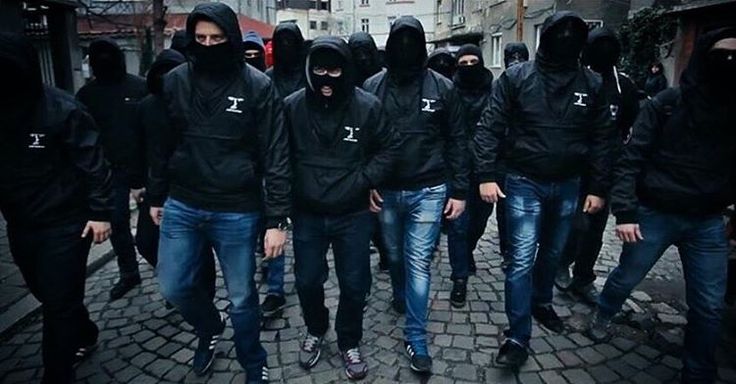
4
A visual essay on how garments are being repurposed, for reasons of protection against weather conditions or for masking.
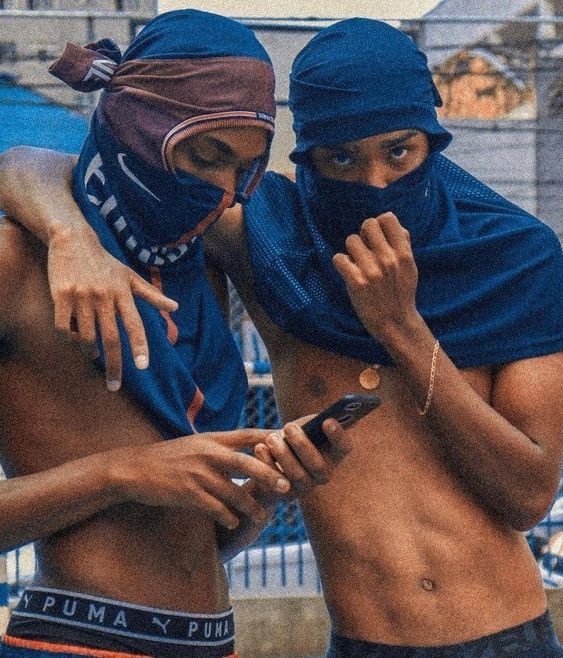




5
Drunk people passing out or: The morning after. The silhouettes and posture are uncharacteristic, well known yet not studied.


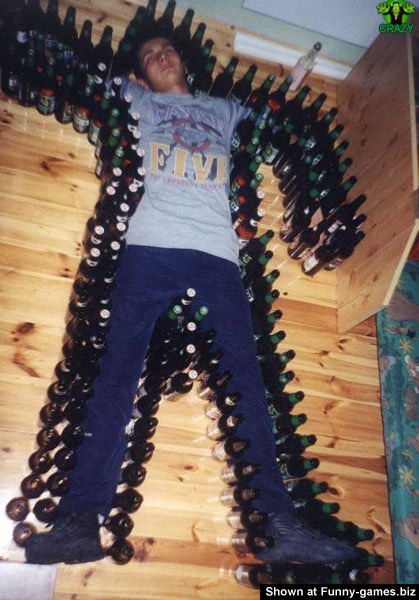


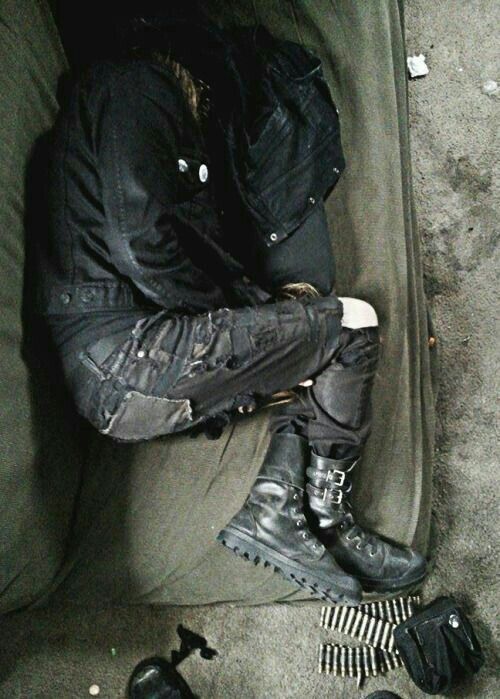


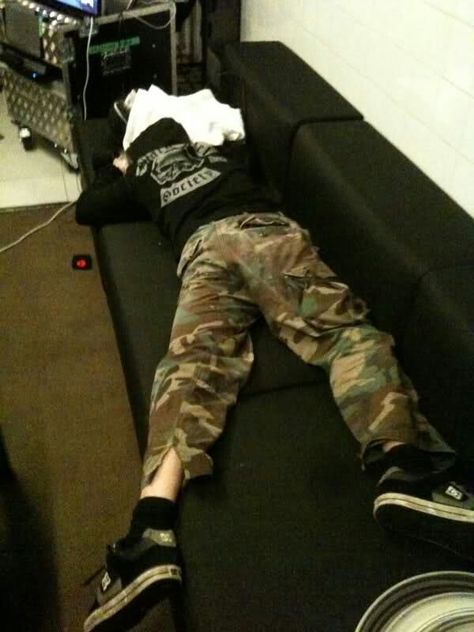
6
A linguistic research that aims to examine how language on garments uses hybritity, arrangement and placing to find its way into global culture.


















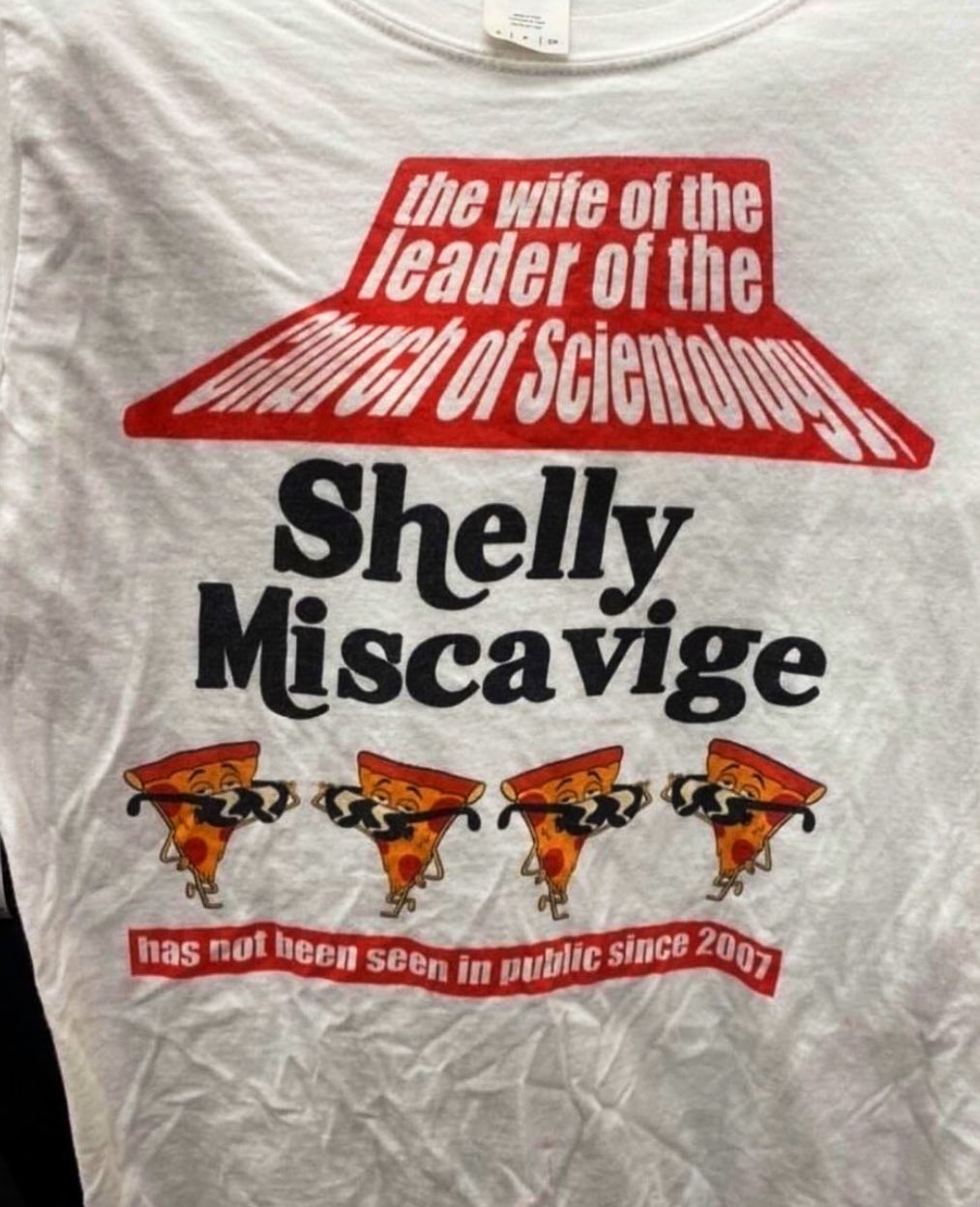



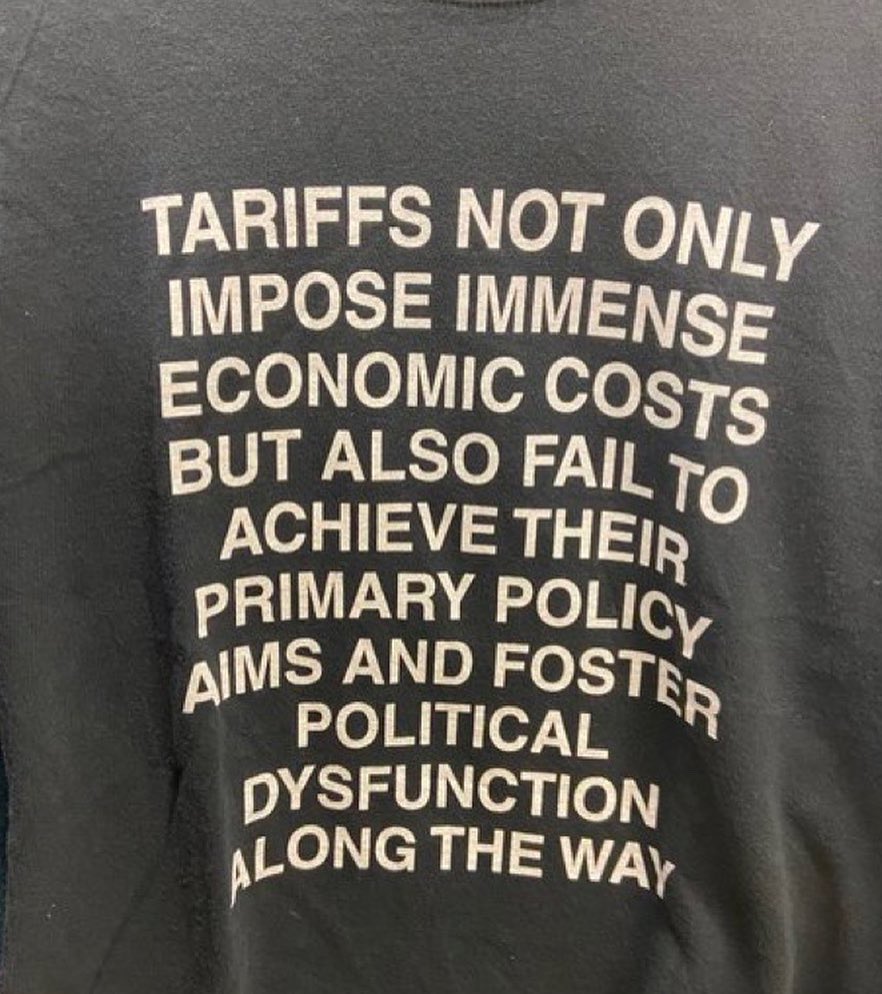


8
Club bathrooms, a place where people scheme, take drugs and go about their business.
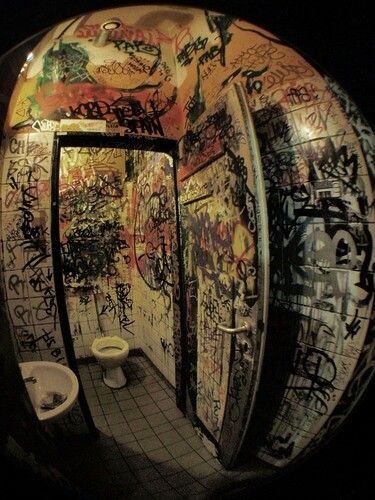

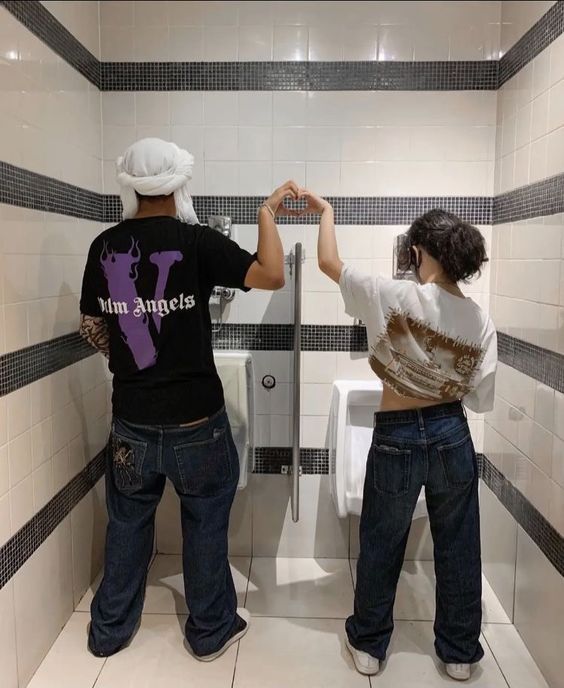
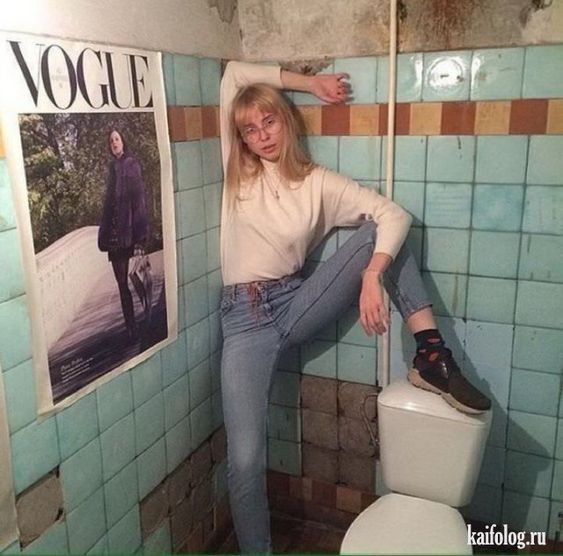

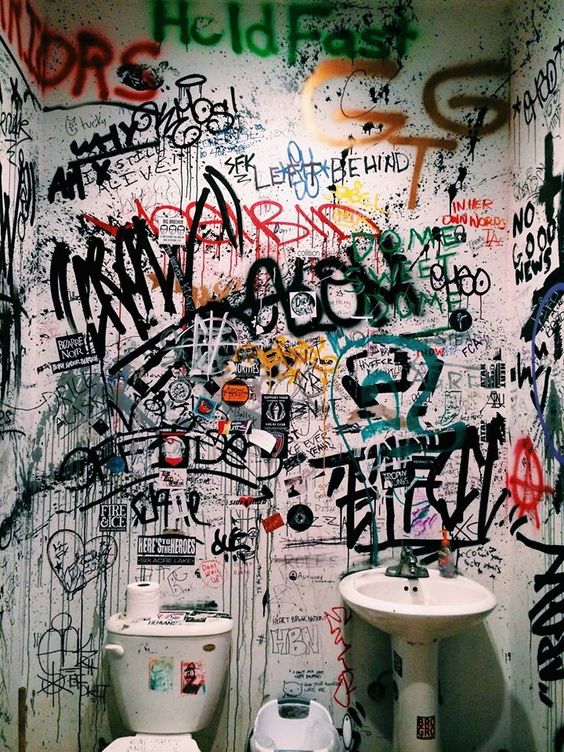
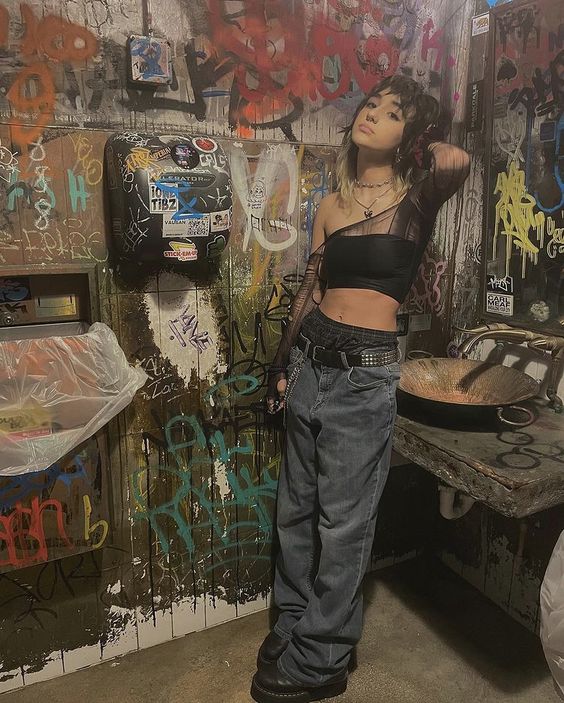
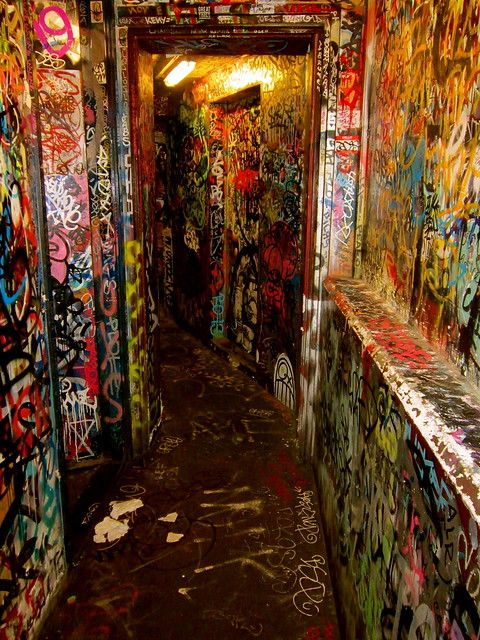
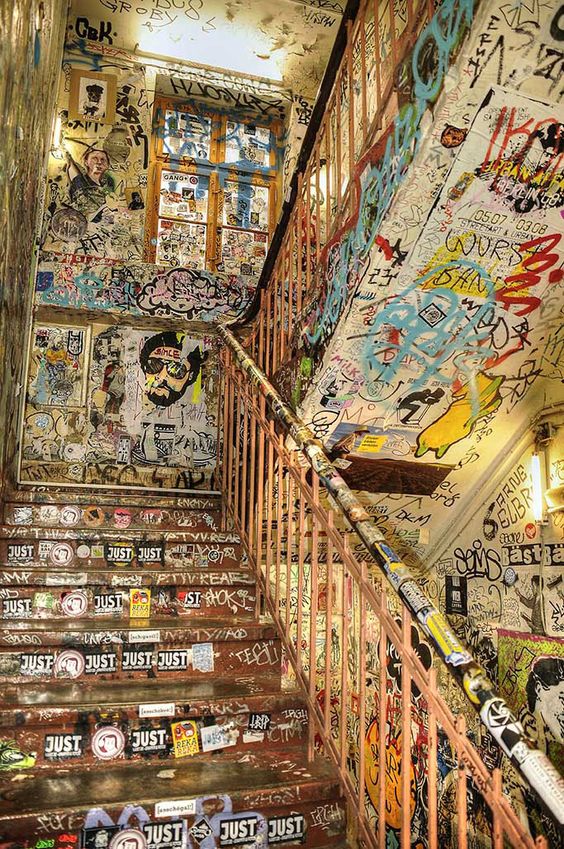
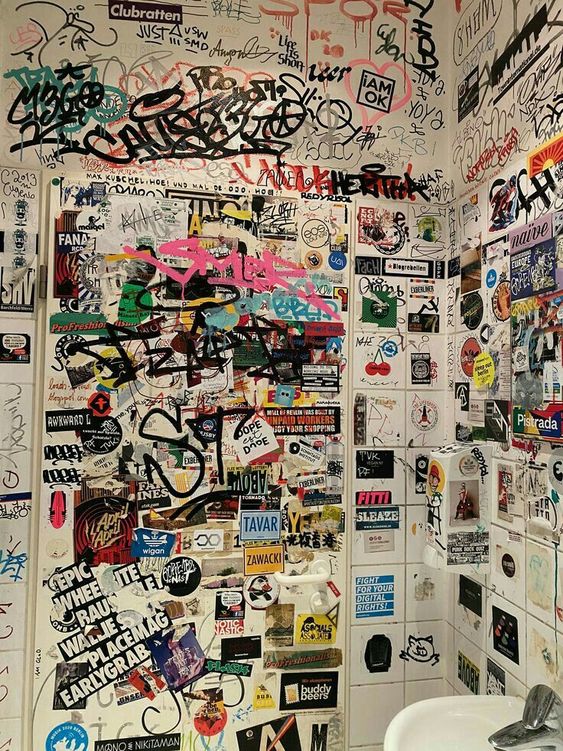

9
The technique and aesthetics of clothes in bulk has been adapted by the furniture industry.





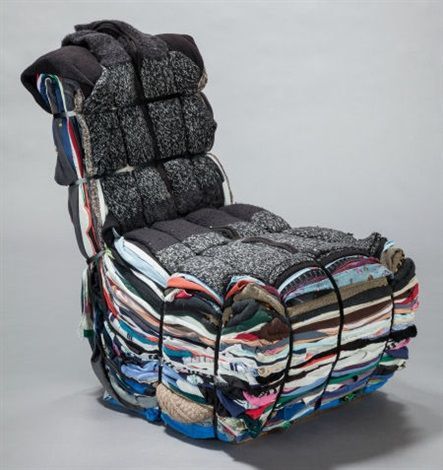
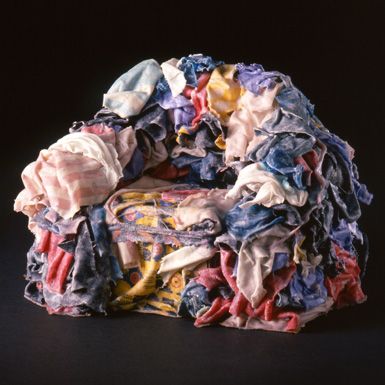
10
Court rooms become a stage and its protagonist become actors. The aesthetics of court room attire implies class, race and mysoginy.

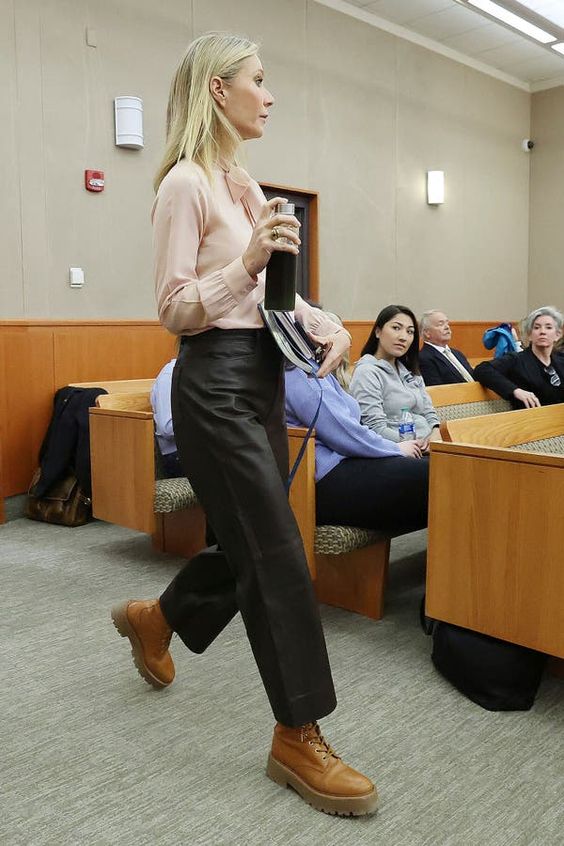
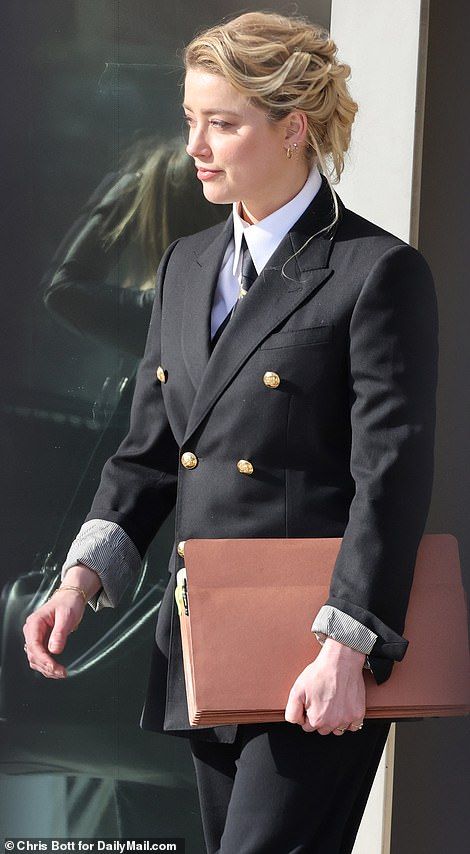





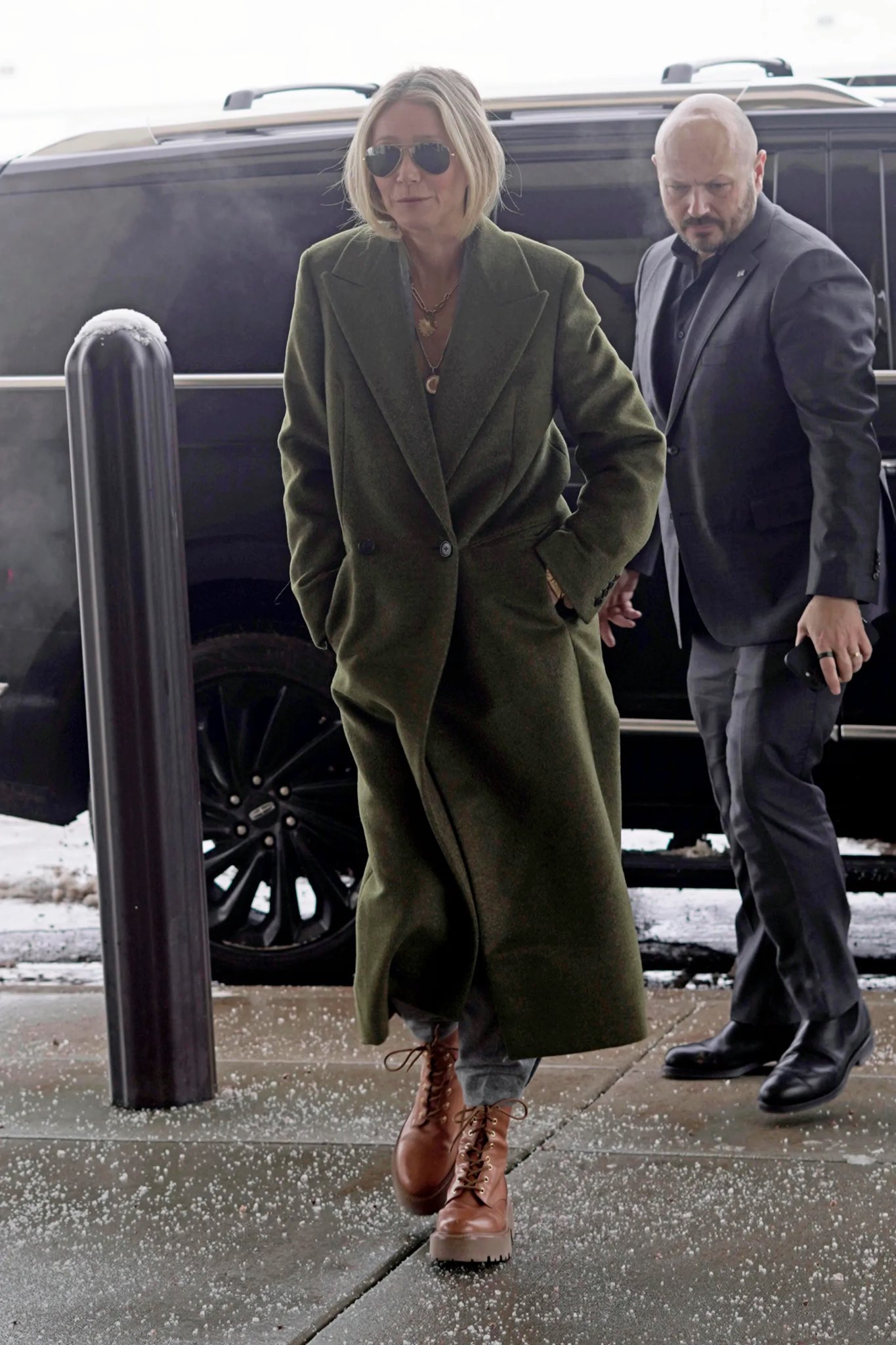

11
Kitchens are the essential room of each apartment. People cook, flat mates debate, and children eat; a personal love letter to the apartment kitchen is long overdue.


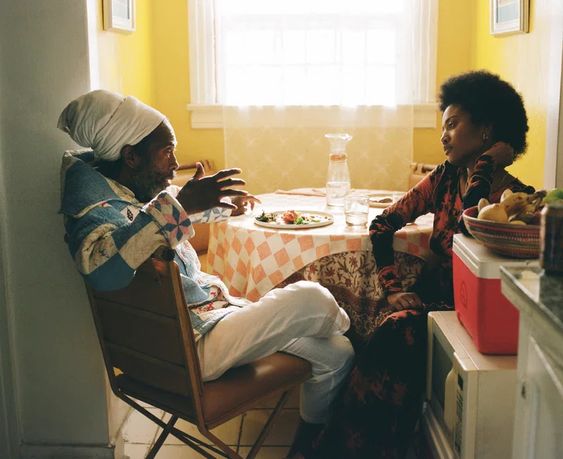





12
When the light goes on.


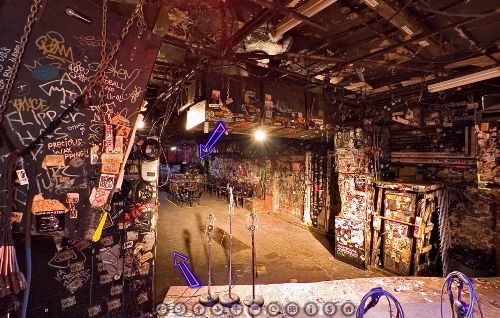
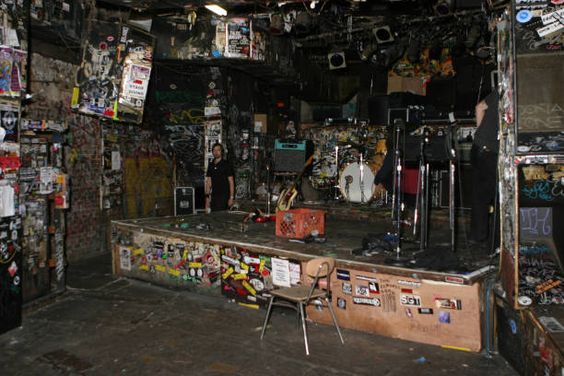

13
At least everyone who considers themselves living in an urban city, has one: The bodega, Spätkauf, Kiosk; there are many terms for this place, where you get your cigarettes, a snack, some beers – whatever it is, it hits close to home and gives you that familiar feeling of having adapted to the city.

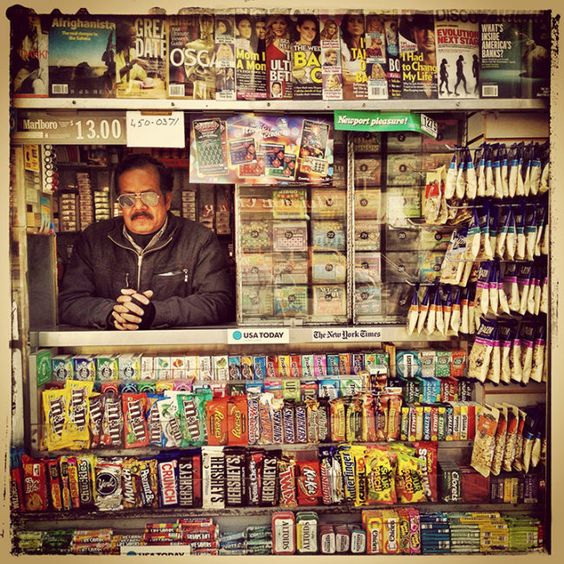
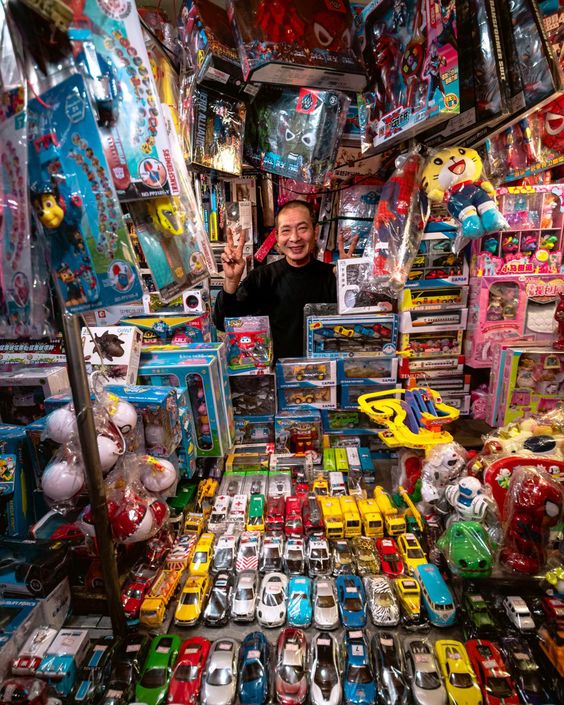




14
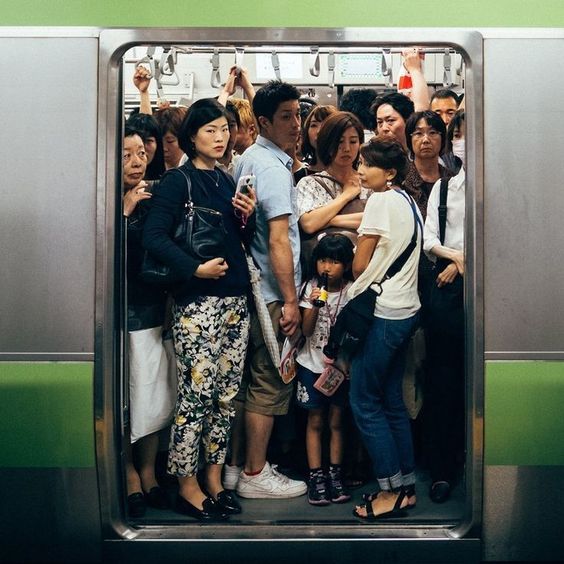
15
Getty Images, Shutterstock and Alamy are firmly ingrained into our collective mind. They are all the archival at least and historical at best, making sense of tagging images that form our culture.

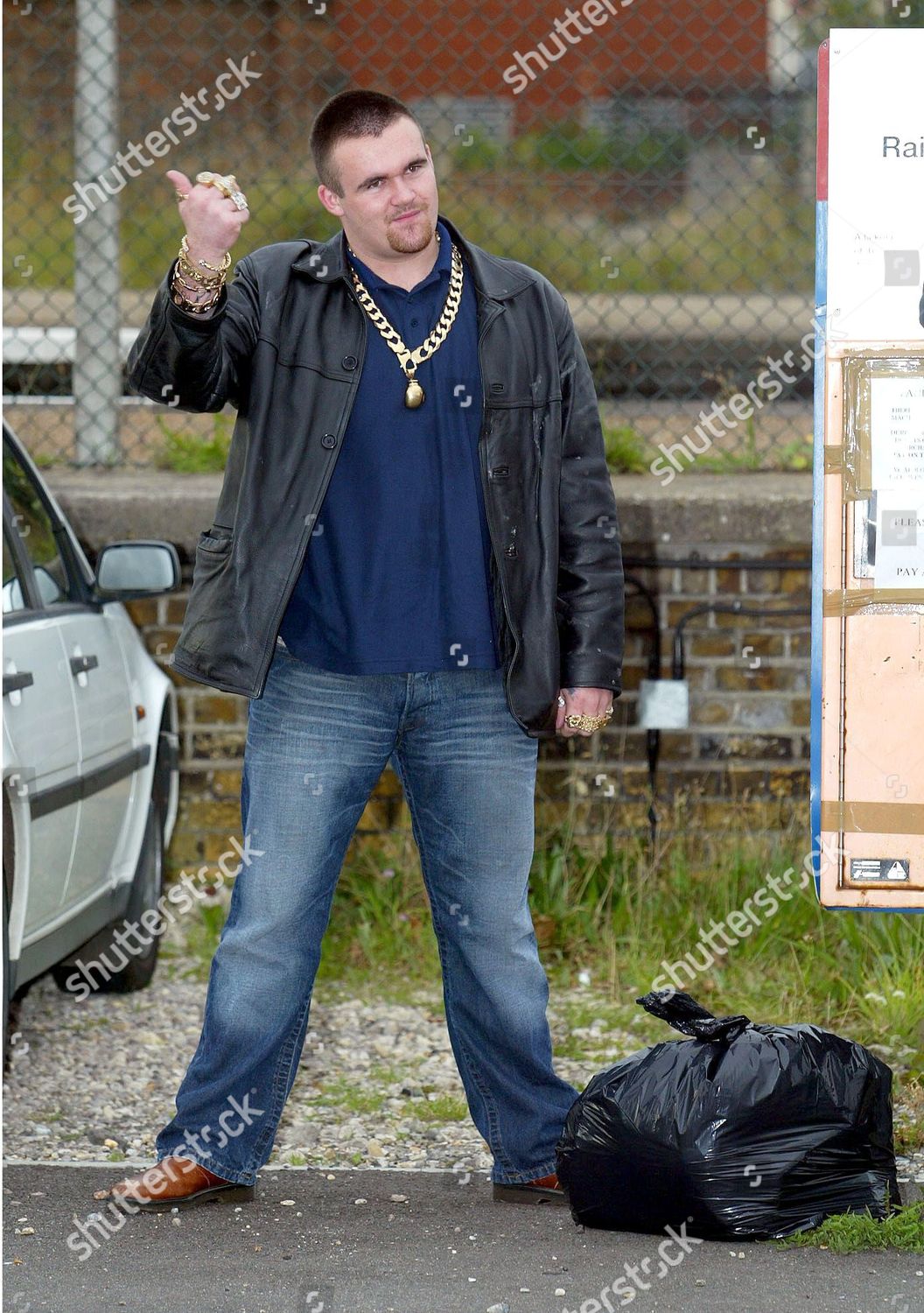




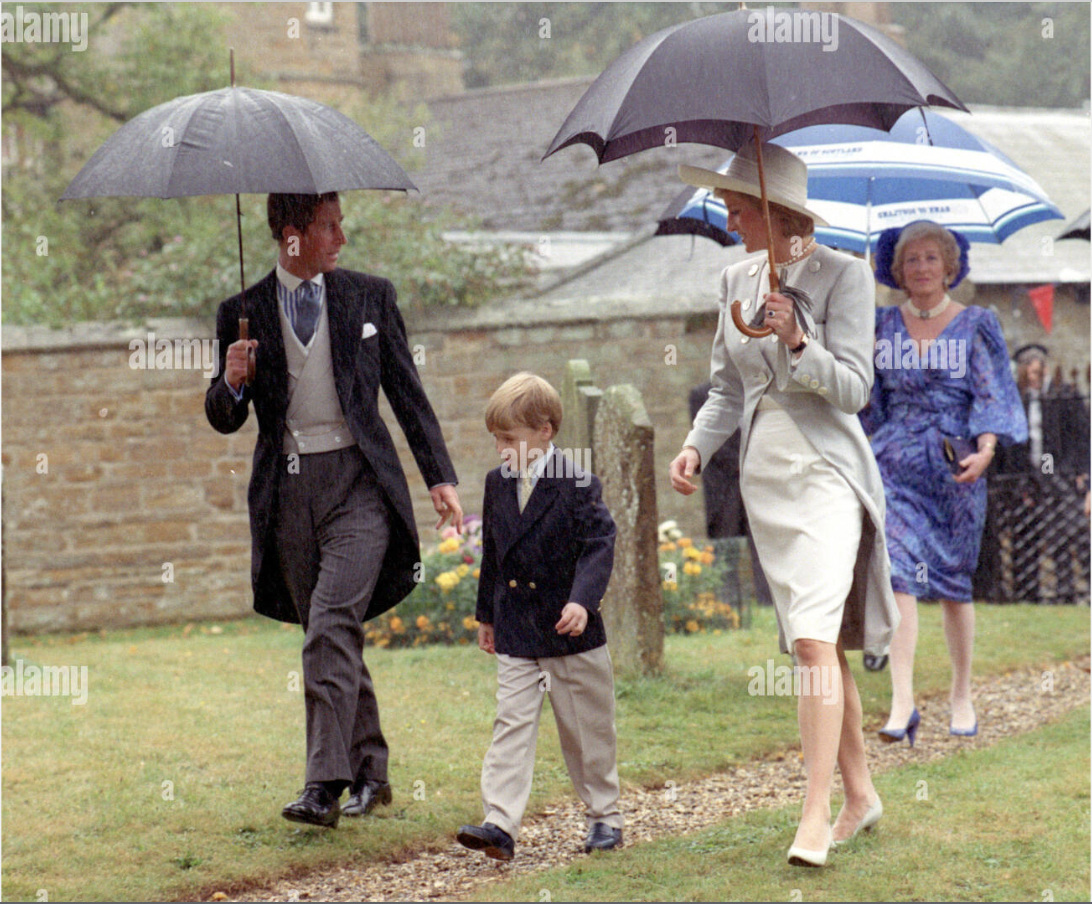
16
To wear a mask is to relinqiuish a part of ones identity. The wrestler Mil Máscaras was patient zero to what the likes of Ye are aiming for today: To eradicate the human behind the mask; after all, does it matter as a person of the public eye?

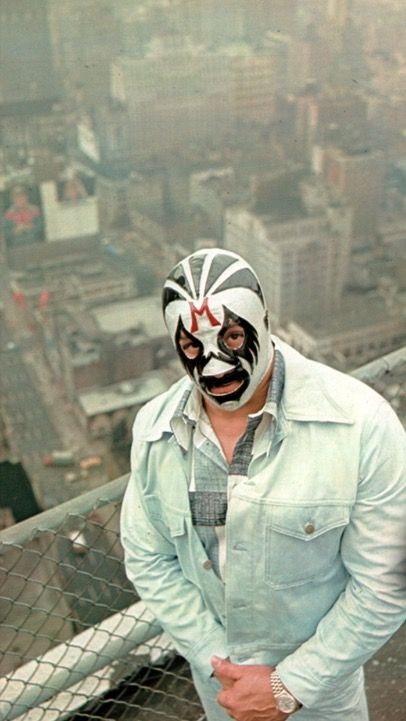





17
We are approaching the time of digital avatars. It only makes sense for brands to delve into this, thinking about the ideal representative to stand in place for their vision.








18
Automated facial recognition algorithms are intervening in society. Its forms of representation are embedded with visual politics: This technology is redefining what it means to see and be seen in the contemporary world.



